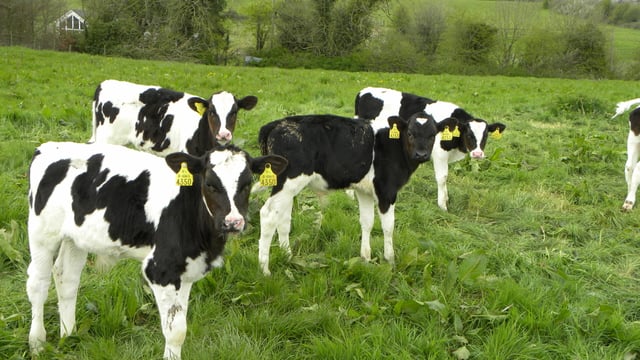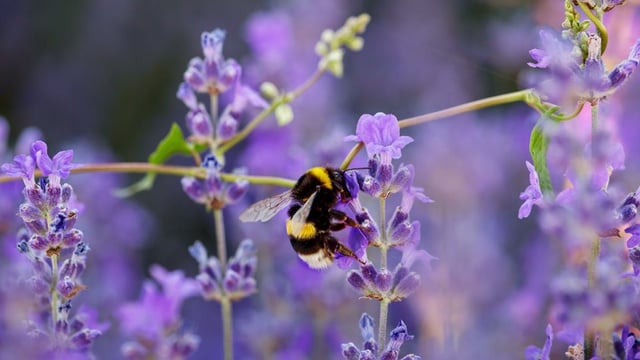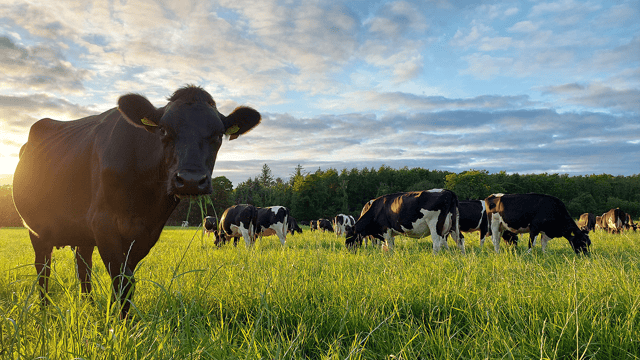Grass tetany: Knowing when your ewes are at risk
As ewes and lambs are turned out to grass, it’s important farmers keep in mind the dangers that are associated with grass tetany (hypomagnesia).
It is a disease that is seen in spring in lactating ewes at grass and is often fatal. It is caused by a deficiency in blood magnesium levels.
Many factors contribute to this disease, such as bad weather which we have been seeing a lot of up until now, and rapid grass growth – which is something that we will be seeing over the coming weeks, if the weather improves – coupled with high soil potassium (K) levels. It can also be triggered when a ewe is under stress.
Unfortunately, the first sign of this problem will be when the ewe is dead. Although, some of the more common symptoms include nervousness, staggering, twitching, and in the later stages, ewes may be found lying on the ground and kicking due to muscle tremors.
When ewes aren’t detected early, the outcome is often not good and can lead to permanent brain damage and death.
Ewes will need to be supplemented as magnesium (Mg) is not stored in the body to any great degree.
Again, it is advised that each lactating ewe gets about 1-2 grams (g) of Mg per day. During periods of stress and poor weather – it is advised to increase daily supplementation rates to 3-5g/head/day.
When supplementing ewes protection will occur one to two days after supplementation has started, and will last for one to three days after supplementation has ceased.
Options for controlling grass tetany
There a number of options farmers can choose to control grass tetany.





